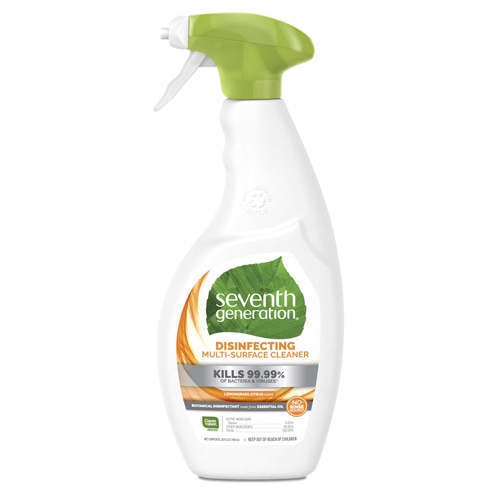You’ve eliminated toxic cleaning chemicals, spent extra for natural fiber rugs and sustainable wood furniture, and Feng Shui-Ed every room in your home in an effort to create a healthy, welcoming environment—yet, statistics show that our homes are where the heart is. National statistics, including those from the National Safety Council, reveal that more accidents take place in the home than practically anywhere else. Of these, the most common accidents that occur at home involve fire, falls or accidental poisonings. 
One of the reasons for so many mishaps is that we tend to feel complacent in our own, familiar space. In reality, this sense of security can be illusory, right down to the fire extinguisher stashed in the kitchen cupboard: if it’s been there for years, blissfully unused, it may no longer function. Unlike the workplace and public spaces, where mandatory signage reminds you to use the stairway handrail or alerts you to other potentially dangerous situations, our homes tend to be the place where we happily let down our guard.
Dan Hannan, the author of Preventing Home Accidents: A Quick and Easy Guide (Hunter House, 2012), is a Certified Safety Professional with 23 years of experience in the safety field. He stresses that preventing accidents—rather than reacting to them once they’ve occurred—is the optimal approach to home safety. He offers the following tips for upping the safety factor in your home:
Know your castle
Your home operates like a mini-village, with water, electricity, gas, sewer and other systems, and it’s important to understand how they work and where the shut-off points are in the event of a burst pipe, electrical fire or gas leak.
“People routinely overload electrical circuits,” Hannan says. “While it may take a while for anything to happen, repeated overloading can result in a fire. It’s essential to understand the limitation of your home’s systems.” Another too-common accident, he adds, can result from the simple act of hammering a nail into a wall to hang a picture: if you don’t know where your electrical wires run, picture-hanging can quickly turn into electrocution. To be safe, nail directly into the studs, or use a circuit finder (available at hardware stores) before hammering.
Mind the gaps
A minefield of home-related accidents accompanies home improvement projects. Adults have a tendency not to read instruction manuals, says Hannan, and also to disengage safety features on tools. High on the list of renovation-related accidents are falls, cuts resulting from not understanding the proper method of using of power tools with blades, and using tools or other objects for purposes they were never intended for.
“A chair is not a ladder,” points out Hannan, “and a wrench is not a hammer. Use common sense, and educate yourself about the use of tools before you actually use them.” Climbing a ladder? Wear sturdy footwear—not sandals—and be sure the ladder is set firmly and squarely on the floor before you climb. Preventing a broken arm, leg or back is a lot easier than recovering in a hospital room.
Drill, baby, drill
“Have multiple escape routes planned for exiting your home in an emergency, such as a fire, or safe shelter in the event of severe weather, and be sure that each and every family member understands the plan,” advises Hannan. “Hold regular drills to familiarize your family and yourself with routes.” Knowing how to climb out of a window, or how to crawl to an exit—and being comfortable doing it—reduces the chances of anyone succumbing to panic. As most fires occur in the kitchen and bedroom, be sure these rooms (and any room with a fireplace) have their own fire extinguisher, and be aware that fire rating of walls, carpets and other aspects of your home differ vastly depending upon how old your home and furnishings are.
Have all able family members practice using safety equipment so that they’ll know what to do in the event of a grease fire or rogue leaping flames. Be sure to keep all safety equipment, including fire alarms and extinguishers, up to date and in good working order by testing them on a regular, established schedule that’s clearly marked on your kitchen calendar. Hannan emphasizes when it comes to emergencies, you have to be proactive about taking steps to put your family in a better position to survive.



